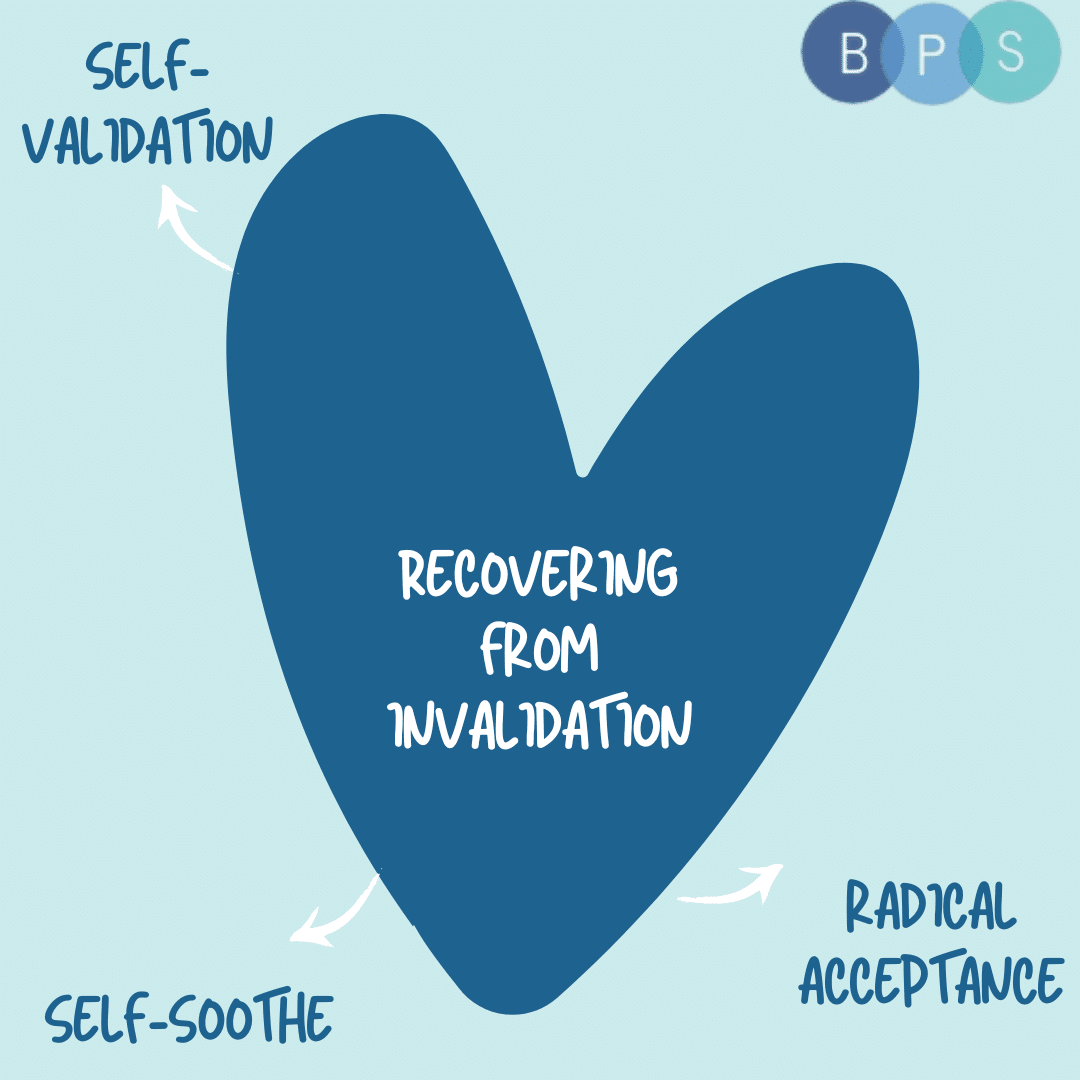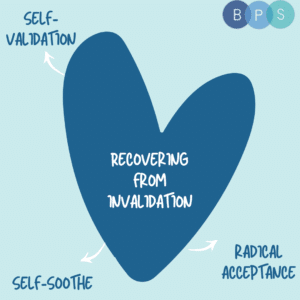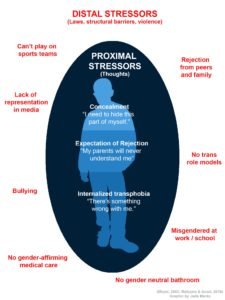Picture this: You’re alone in your home and hear a loud sound coming from the next room. Immediately you think, an intruder is in the house. Panic sets in and your heart starts racing. You’re terrified, of course, because you’re in danger. . .or are you?
Research shows that often it’s our interpretation of an event, rather than the event itself, that leads to unpleasant emotions and potentially ineffective responses. Take the above example: If you thought an intruder was in your home, perhaps you’d barricade yourself in your room and listen for hours until you felt sure it was safe to come out. Maybe you’d try shimmying down your fire escape to get to safety. Maybe you’d freeze in your tracks, paralyzed with fear. But let’s step back for a moment and think about what are some other possible reasons a person would hear a sound coming from the room next door when they thought they were home alone?
Maybe the heat turned on and the radiator is the culprit.
Maybe a pet knocked over something.
Maybe a family member came home early from school or work.
If you came up with any of those reasons or other benign possibilities, then you probably realized that scaling the firescape or building a barricade might not have been the most helpful move. Altering your interpretations and assumptions about a situation can help you change your emotional reactions to it and even respond more effectively to it. But how do you go about shifting those beliefs? In DBT, we use a skill called Check the facts.
Checking the facts helps us figure out whether our emotions, their intensity, and/or duration, are actually working for or against us in a given situation. It encourages us to ask ourselves, Am I responding to what’s directly in front of me right now, or to my own thoughts about it?
So how does one check the facts? Follow these six steps:
Step 1: Ask yourself, What is the emotion I want to change?
- I always say, “You gotta name it to tame it!” Labeling emotions is a powerful first step in being able to manage them. Take a moment to observe your thoughts, physical sensations, and urges. You can also rate the intensity of the emotion on a scale from 1-10 or 1-100. Rating your emotions before and after trying a skill can help you evaluate if it was an effective intervention.
Step 2: Ask yourself, What event sparked this emotion?
- Here you want to be sure to only describe the facts that you directly observed. Use your five senses to help you. What did you see? What did you hear? Oftentimes our descriptions of events are infused with assumptions, judgmental language, and extreme interpretations, which can spark intense unpleasant emotional reactions. Sticking to the facts of a situation can help us balance our emotions.
- Take a look at the two statements below and consider which one evokes a stronger or more unpleasant emotion:
- I blew it. She’s not texting me back because she hates me and thinks I’m an idiot, which obviously I am, or else she would text me.
- I texted her three hours ago and she hasn’t texted me back yet.
Step 3: Ask, How am I interpreting this event? What assumptions am I making?
- In the texting example, the first statement contains a few different assumptions and interpretations of the facts. First, the narrator assumes they aren’t receiving a text back because the other person “hates” them and thinks they’re an “idiot.”
- Once you’ve labeled the judgments, assumptions, and extremes in thinking, come up with some other possible innocuous interpretations. Oftentimes, we have a negativity bias that keeps us from viewing all sides of a situation, so considering benign alternatives can help balance things out. Here are some examples:
- Maybe she’s busy.
- Maybe her phone is off.
- Maybe she forgot to hit “send.”
- Maybe she is still thinking about how to respond.
Step 4: Ask yourself, Am I assuming a threat?
- Oftentimes unpleasant emotions are the byproduct of thinking that some type of feared outcome is on the horizon. You get a D on a test and figure you’ll fail the course. You wave to a friend who doesn’t wave back and assume he’s angry with you. You get passed over for a job opportunity and conclude that you’ll never rise up the ranks.
- Once you’ve labeled the threat you can ask yourself, How likely is it to occur? What are the chances that this horrible thing I’m imagining actually comes to fruition? Usually, once we step back and start asking critical questions, we see that the undesirable outcome isn’t as likely as we’d originally thought.
- Going back to the texting example, it’s possible that the narrator has concluded that not receiving a text back means the texter is angry with them for something they did, or maybe even that the relationship is over. It’s now up to the narrator to consider what are the odds of those threats coming true.
Step 5: Imagine yourself coping with the catastrophe
- Sometimes the threat really does happen, but spiraling out rarely helps the situation and frequently exacerbates it. Instead, DBT encourages folks to consider what coping with the situation would look like. So how would you deal with failing the course or losing a job? How would you handle it? What would your next move be?
- It can be helpful to actually visualize yourself coping well with the situation. Picture yourself handling it effectively, and jot down the steps you would take to do so.
- If the narrator in our example was broken up with, perhaps they’d start off by talking to a friend about how disappointed they are that the relationship is over. Maybe they’d spend some time doing fun activities they enjoy to bring some positive experiences back into the picture. Having an action plan and envisioning things going well can help lower the intensity or reduce the duration of an unpleasant emotion.
Step 6: Reflect on your emotions now
- Now that you’ve gone through the above steps, you can ask yourself, Does my emotion fit the actual facts of the situation? Remember, a lot of times our emotions are set off not by the events themselves, but by how we think about them.
- That said, there are totally times when your emotions will fit the facts. Every emotion, including fear, anger, sadness, jealousy, and more, has its place and makes sense in certain situations. Even if you find that your emotion was justified given the facts, I’d encourage you to check your emotional temperature. Is it as high as it was in step one? Sometimes walking through the above steps is enough to help modulate the intensity of an emotion or curb its extent.
Stay tuned for more ways to get unstuck from emotions in our next blog post!










